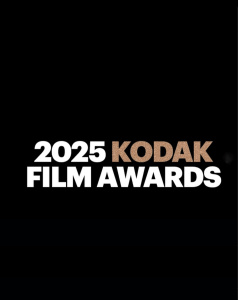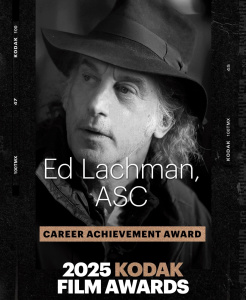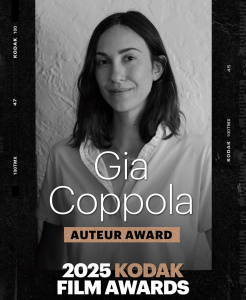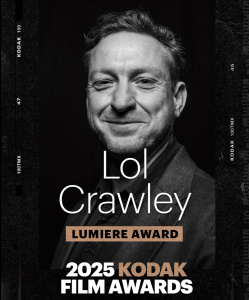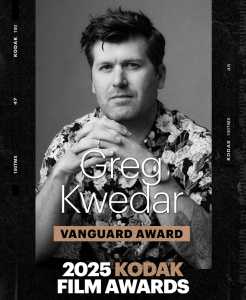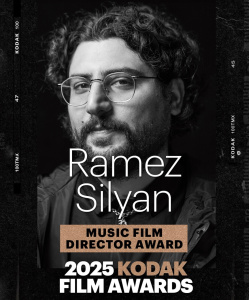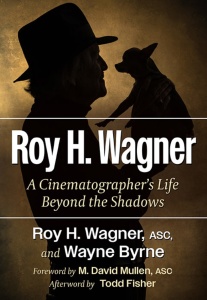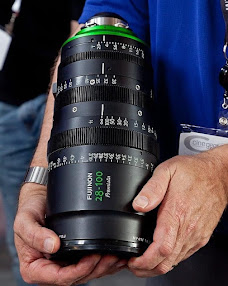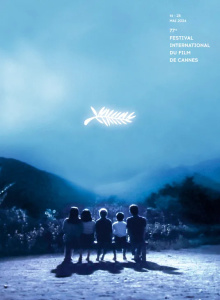Aggregated article and photos courtesy of Sundance Film Festival
JOHN COOPER AND TREVOR GROTH DISSECT 2013 SUNDACE F.F
The assignment is unnerving: Shape an unwieldy 12,000 submissions
into a svelte program of the world’s finest independent film. That’s the
annual conundrum facing the Sundance Film Festival programming team,
led by Festival Director John Cooper and Director of Programming Trevor
Groth.
Festival Director John Cooper and Director of Programming Trevor Groth.
In a year when submission numbers reached unprecedented levels—an
unremarkable statistic when considering the trend since the Festival’s
inception—that selection process only becomes more challenging.
But where Cooper and Groth are content to acknowledge a brimming
submissions inbox, they’re exultant when discussing the quality of this
year’s films. Perhaps it’s that strict adherence to the ‘quality over
quantity’ adage that has these two programmers eager to share this
year’s films with the rest of the world. On the heels of their grueling
screening and selection process, John Cooper and Trevor Groth sat down
to explore the substance of the 2013 Sundance Film Festival program,
call out some potential noisemakers, and check on the healthy pulse of
the independent film community.
Shane Carruth's Upstream Color
What do this year’s film submissions—more than 12,000 of them—say about the state of independent film?
John Cooper: To me, it says that independent film is
thriving. It’s certainly exciting for us to receive 12,000 submissions
this year for the first time ever, but more than that, we were really
pleased by the overall quality of the films submitted to us. Each year
the quality of independent film seems to rise, and we’re chalking that
up to this idea of a vital independent film community – directors,
producers, DP’s and art directors all continuing to work in independent
film throughout their careers and also well-known and really talented
actors joining these projects.
We sometimes find thematic strands among the films selected
each year. What are some of the notable refrains that you see in the
program for 2013?
JC: The films we were drawn to this year have
elements of immediacy and fearlessness. They feel particularly
compelling and urgent. The filmmakers aren’t afraid to delve into
complex and personal issues head on. For example, many of the films
explore sexual relationships and the nature of sexuality in our modern
society, which can be really complicated and risky for some.
Trevor Groth: For me, I’ve always been surprised
about how cautious filmmakers have been about exploring sexuality. Every
year it seemed like we would have one or two films that would really
get into it, and this year there were many. It’s a complex subject that
we haven’t seen a lot of.
JC: Another theme is contemporary politics—films
that both explain and expose the issues of our time. Topics like
economic inequality, corporate corruption, and the problems and
solutions of living in this world of sharing information.
TG: And then there is music. There’s been a recent
surge in people making films about music, and we’ve really been drawn to
the films that examine the spirit of creativity in music. It ties very
naturally to independent film, which has a lot of the same impulses.
Sundance’s Dramatic Competition is renowned for introducing
new, often raw filmmaker talent. This year’s line-up features some
high-profile returning artists — Lynn Shelton, Lake Bell, Shane Carruth,
James Ponsoldt. Is the character of that category in evolving?
JC: The spirit of discovery is alive and well with
this year’s Festival. Of the 113 feature films we selected, 51 are from
first-time filmmakers. There are some recognizable names in our U.S.
Dramatic Competition, and their films are a good representation of that
section.
Steve Hoover's Blood Brothers
TG: Something that we’ve always done with our
Competition line-up, which is prevalent again this year, is include
artists who previously screened short films at the Festival and are now
making their feature debuts with films in Dramatic Competition. That’s
something that has always excited me—getting to see the exploration and
evolution of these storytellers in different forms. This year those
include Afternoon Delight, Ain’t Them Body Saints, In a World.., and Kill Your Darlings. Our shorts programming team does a great job of finding the talent in the thousands of submissions we receive each year.
Beasts of the Southern Wild and Martha Marcy May Marlene are
two recent examples of Sundance Institute Lab-supported films that
achieved successful festival runs. How are Lab-supported films treated
within the selection process and do you see similar potential for the
four Institute-supported films in U.S. Dramatic Competition this year?
TG: The recent history with those films having
success at the Festival and beyond makes us very happy. Each film is
selected on its own merit, regardless of whether it’s been supported by
our Labs or other programs. Each of the four films in the U.S. Dramatic
Competition that were supported by our Labs has absolutely earned its
spot in the Festival.
NEXT <=> featured eight films last year and this year there are 10. What was the rationale behind that decision?
JC: It was really a product of the films we saw.
This year there was a lot of energy from our programmers about different
films. It’s my job to read the passion in the room, and when I saw that
there was so much passion, I knew we had to find room for more films in
NEXT
One of the great things about the Festival is that the films we get
directly inform the program. In that, it feels like we’re serving and
responding to what the independent film community is producing.
In recent years we’ve seen a prodigious number of deals
brokered at the Festival. How do you see this year’s competition slate
fairing in terms of acquisitions? Will these films be coming to
theatres?
JC: We feel that there’s great potential for this
year’s films to connect with audiences at the Festival and long after.
Audiences for independent film are expanding and becoming more
adventurous. Beasts of the Southern Wild showed that there’s an
audience out there that’s up for more of a challenge. In some ways the
whole notion of theatrical distribution as the be-all end-all is
disappearing as other platforms open up and the possibilities become
broader.
David Lowery's Ain't Them Bodies Saints
Were you pleased with the geographical diversity of this year’s international lineup?
TG: The World Dramatic Competition features a number
of films that are shot by foreign filmmakers in countries outside of
their homeland. A Chilean film shot in Italy, a German film shot in
America, a Polish film shot in Spain, a UK film shot in the Philippines,
and an Italian film shot in Brazil. There’s something remarkable about
that. It speaks to the global filmmaking community that’s happening.
What can we expect from the remaining announcements—Spotlight, Midnight, New Frontier, Premieres and Documentary Premieres?
JC: You’ll really start to see the themes we’ve
talked about fleshed out with more films. You’re going to see more big
issues, more returning filmmakers and more talented artists to discover.
And a few surprises, too.
Aggregated article and photos courtesy of Sundance Film Festival










